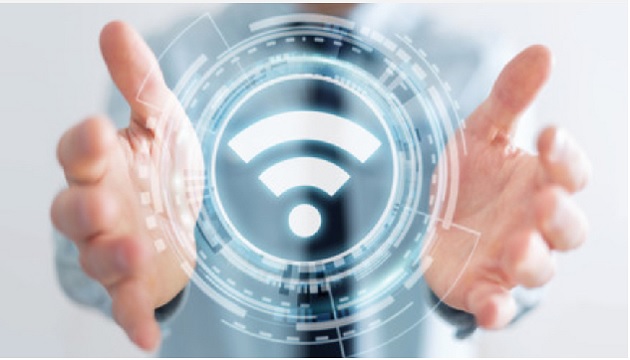In order to understand how people handle their personal data, a survey with over 2000 consumers was conducted. What came out of it was that people often don’t understand the implications of their own actions on the security of their information and overwhelmingly they place convenience over security—which can have a devastating effect on businesses.
Nearly 40% of respondents reported using a public Wi-Fi network weekly, primarily to access social media and check the weather. A notable 30% also utilize public Wi-Fi networks to check work email.
Each of these tasks requires a consumer to share personal information, whether that’s login credentials or a geographic location, but a staggering 65% of respondents did not connect to a VPN while logged in to public Wi-Fi. This poses major security risks – and not just for the individual logging in.
Consider this scenario: John commutes to work by train. He logs into the free Wi-Fi provided by his commuter rail service and gets a head start on his emails. A hacker sits in the same railcar and gains access to his laptop, reading every email and recording every one of John’s keystrokes. Let’s say John is working on sensitive research. How much of his company’s Intellectual Property (IP) is now exposed?
Do’s and Don’ts of Public Wi-Fi
There are two different types of public Wi-Fi: secure and unsecured. Under no circumstances should you connect to unsecured Wi-Fi. Users can, however, connect to secured public Wi-Fi—which requires authentication via a password or by creating and registering an account with the Access Points owner—but should exercise caution.
If secured Wi-Fi is not available, consider using your phone’s hotspot (the best way to connect to your mobile hotspot is physically through tethering, versus wirelessly).
With the above commuter train scenario in mind, consider the following do’s of connecting to public Wi-Fi:
- Do make sure to turn off automatic connectivity
- Do delete known public access points when complete
- Do use a VPN on secured public Wi-Fi
- Do make sure you connect to secure websites (TLS/HTTPS)
- Do confirm the secured Wi-Fi is authentic and not a fake Access Point.
- Do keep your Firewall enabled and Anti-Virus up to date
- Do update your credentials if exposed on public Wi-Fi
- Do use multi-factor authentication on your accounts and services where available
And the don’ts:
- Don’t connect to unsecured Wi-Fi
- Don’t access banking and financial information
- Don’t shop online or unnecessarily expose personal identifiable information
- Don’t allow file sharing on the network
- Don’t leave your device unattended in public
For more information, visit: www.radware.com








